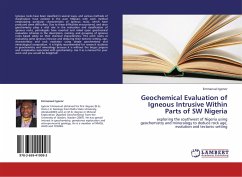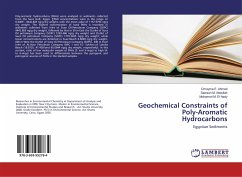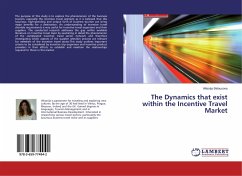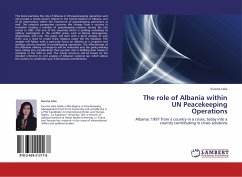Igneous rocks have been classified in several ways, and various methods of classification have evolved in the past 100years with each method emphasizing particular characteristics of igneous rocks, which have produced some difficulties. Due to these difficulties encountered, and since geochemistry plays a vital role in the evaluation and classification of igneous rocks, petrologists have resorted and relied upon geochemical evaluation schemes in the description, naming, and grouping of igneous rocks based solely on their chemical characteristics. This work looks at evaluating some igneous intrusive and deducing their tectonic setting, age, characteristics and rock evolution using simple geochemistry and mineralogical composition. It is highly recommended for research students in geochemistry and mineralogy because it is without the bogus jargons and complexities associated with geochemistry. Use it as a manual for your work and you would be delighted!








